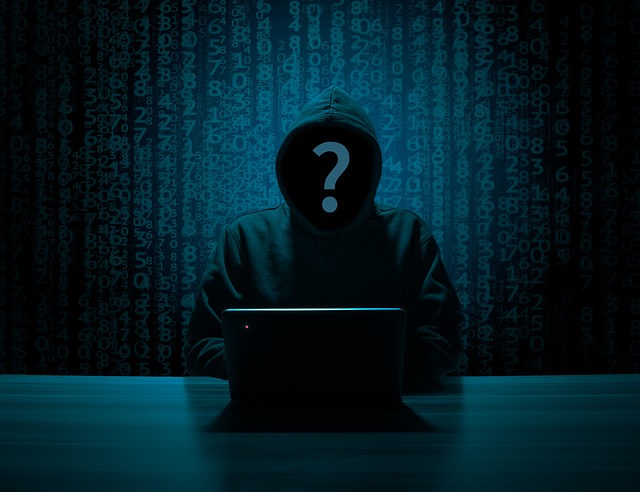The aforementioned rise of information and communication technologies has not only provided and accelerated its users, but also the rationalization of communication, work activities and, of course, entertainment in uncharted times, and this is reflected in all areas of our lives. Computers, communication technologies and information networks are common today. But on the other hand, it should be noted that the development of this storm is also associated with some negative phenomena. New phenomena in cyberspace and computer technology have not only simplified people\’s work, but, unfortunately, have also become the cause of problems in areas such as information secrecy and data protection.
And this is where cybercrime is primarily concerned. What is cybercrime? The term is used in connection with cyberattacks and crimes, but other terms such as information crime, cybercrime, and cybercrime are also used. The general explanation is that this implies such activities related to violations of the law, but it is also an activity contrary to moral rules in a given society and this crime is also directed directly against computers and threatens data, networks, hardware, software. But here, on the other hand, in this crime, the computer can act as a tool to commit a crime. Here there are not only dangerous activities such as extortion, pornography distribution, extremism and electronic firing, but also modern computer programs designed to break the program\’s software protection.

Danger and invisibility of this crime
The attackers or indeed the perpetrators are working in the global environment, they can move very quickly and at the same time invisibly here, that is, in cyberspace. They can change their identity indefinitely and even disappear. They have the ability to forge, but also the ability to implement various threats and will always be one step ahead. It may also be helped by changes in regulations in our different jurisdictions and regulations, or by the shortcomings that come with the investigation process itself.